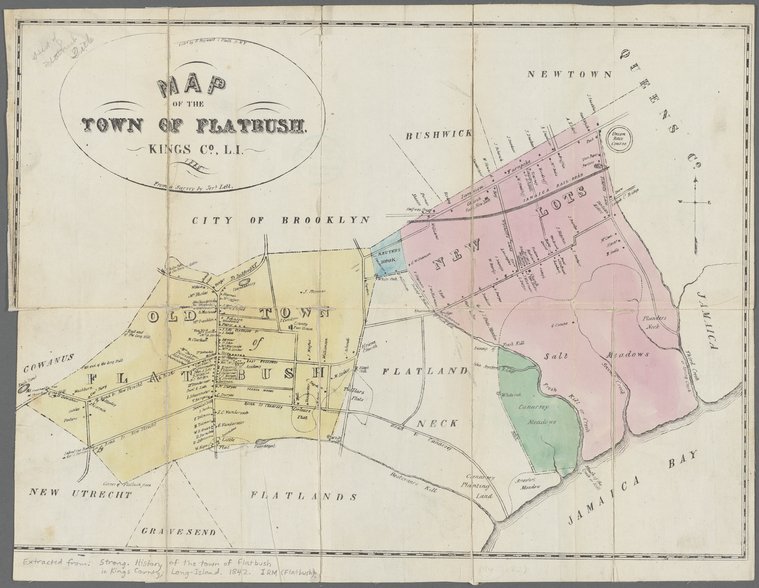
Land Acknowledgement
The remains of the Flatbush African Burial Ground, located at 2286 Church Avenue at the corner of Bedford Avenue are located the unceded territory of the Lenape people, specifically the Canarsee.
The Lenape were forcibly removed from their homelands due to broken treaties, war, and outright murder. While we understand the shared history of oppression between Indigenous people and people of African descent, we also understand that this land acknowledgment is but one step in the process of healing and restoration.
The Flatbush African Burial Ground Coalition is in the process of contacting Lenape people who have ties to this land to begin the process of repair.
The Flatbush African Burial Ground
Not long after the Dutch arrived in Lenapehoking in the early 1600s, they began a process of removing the Lenape from their homelands. They used enslaved labor to clear those lands for roads, churches, houses, and farming.
In fact by the 1800s, 7 out of 10 residents were slaveholders and 1 in 3 people in Dutch Flatbush were enslaved.
The Dutch Reformed Church was built in 1654 and did not allow for enslaved persons to be buried on their grounds. The Negro’s burial ground of Flatbush was in use from at least the 1700s, if not earlier.
The agricultural products grown in Dutch Brooklyn were sold across the river in the Dutch colony of Nieuw Amsterdam.
Until the building of the Erie Canal, Brooklyn was the second largest producer of agricultural products in North America, second only to its neighbor Queens. The Dutch slaveholders cemented their wealth and political influence with stolen land and labor.

But enforcing enslavement proved to be difficult and less lucrative than in the Southern colonies.
European residents of New Amsterdam (later New York) found the refinement of raw goods grown in the South into commodities sold on the world market, banking and insurance, real estate speculation and transportation development, as well as the illegal slave trade far more profitable than enforcing bondage in the midst of slave rebellions and an increasingly active free Black population.
Slavery was abolished in New York in 1827.
However, it’s legacies remain - street names throughout Brooklyn are named after slaveholders: Van Brunt, Halsey, Ditmas, Lefferts, Martense, Bergen… the list is too long to name.





